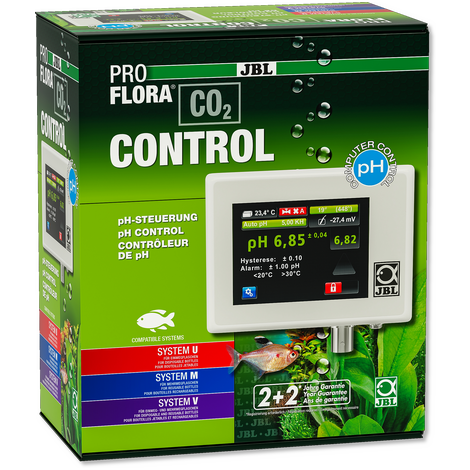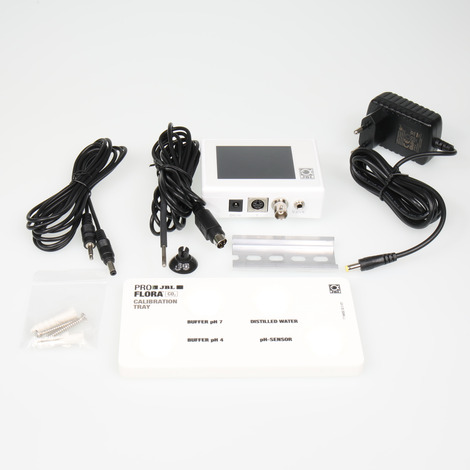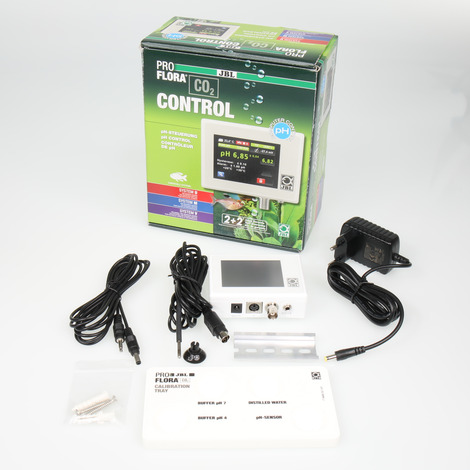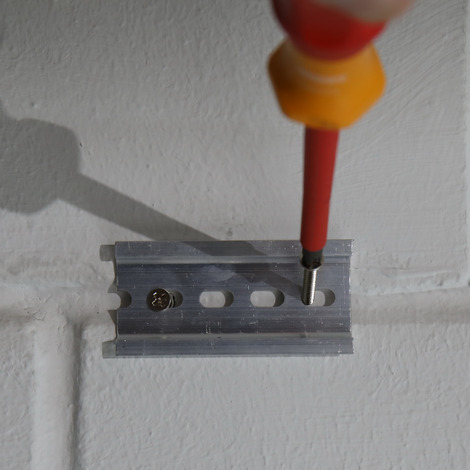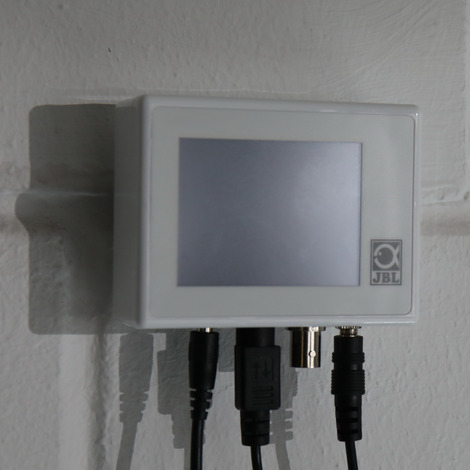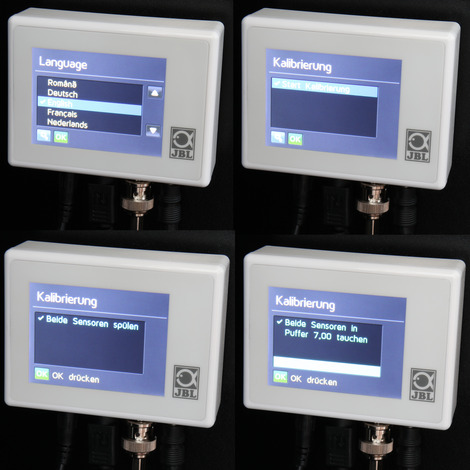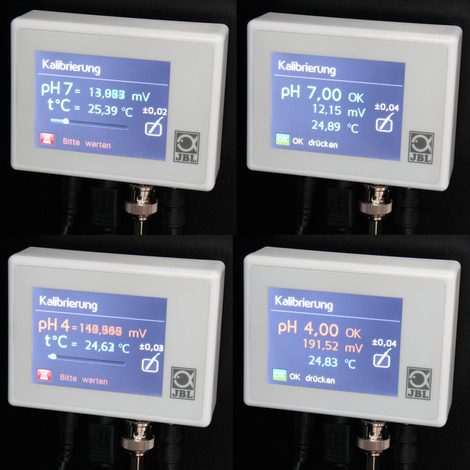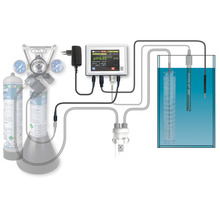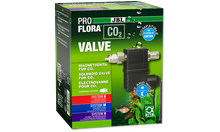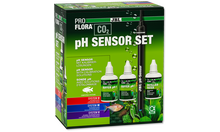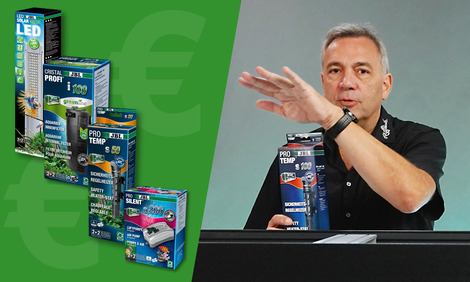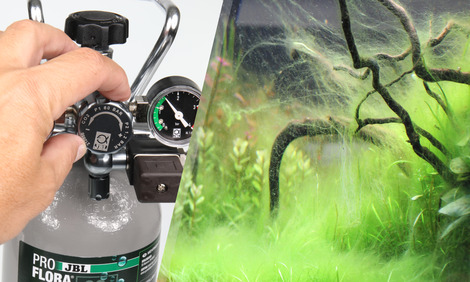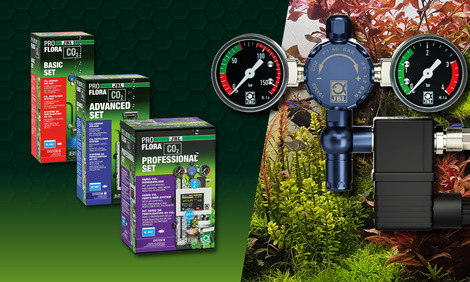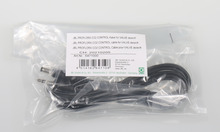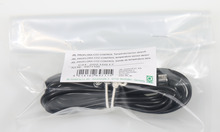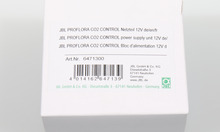Healthy fish thanks to an ideal pH value
The acidity defines the pH value of the water. It needs to be constantly checked and adjusted as necessary to maintain the health of the fish and plants.
Technical information
Inc. temperature sensor, modern graphic display with touchpad, sensor check during each calibration, error diagnosis during failed calibration, permanent display: pH actual/set value, sensor voltage, temperature, calibration reminder in days/hours, valve status, precision of measurement, set point adjustment: freely selectable or automatic calculation by means of auto pH, automatic temperature compensation during measuring and calibration, hysteresis freely selectable (upper and lower deviation from switching point), alarm function pH (alarm range), alarm function temperature (range and set point alarm), selectable valve status, language selection: D/BG/F/NL/I/DK/E/P, reset function, universal power unit suitable for all common mains voltages worldwide
Why you need a pH control unit:
If you want to automate the CO2 supply, you can connect this CO2/pH computer (JBL PROFLORA CO2 CONTROL) instead of a timer for the night switch-off. You have to enter the carbonate hardness (KH) of your aquarium water once and then the computer calculates the matching pH value, which is adjusted by adding CO2. Then the computer regulates the solenoid valve and adds as much CO2 as necessary until the pH value calculated or wanted is reached. The solenoid valve is then closed and opened again so that the pH value remains stable. The pH measurement of the water is done via a pH electrode, which is NOT included in the set and needs to be purchased separately.This ensures that you do not receive an old electrode in the set, but always a factory-fresh one! It is also possible to enter a pH value manually instead of automatically, independently of the KH.
JBL PROFLORA CO2 CONTROL
Measurement and control computer for automatic CO2 addition and pH regulation
- Regulates the addition of CO2 for perfect plant growth in the aquarium and the ideal pH value for aquarium fish
- Connect temperature sensor, transformer and pH electrode (not included), connect to the solenoid valve, enter the wished pH value or use the automatic programme
- Touch display enables easy operation through the operating menu. For automatic adjustment of CO2 addition, the carbonate hardness (KH) needs to be measured and entered.
- The programme calculates the ideal pH value from the KH and the existing pH value and adds as much CO2 as necessary until the pH value is reached. Also displays the water temperature
- Package contents: CO2 control unit with touch display, wall bracket, power supply unit, temperature sensor + suction holder, connecting cable to the solenoid valve, cuvette holder for calibration liquids

Visit our premium partners to fill / exchange your CO2 cylinders and purchase products from the JBL PROFLORA CO2 range.
You may also be interested in
JBL PROFLORA CO2 CONTROL
Properties
| Animal species: | Arowana, Axolotl, Barbels, Bettas, Bichirs/reedfish, Blowfish, Catfish, Cichlids (South America), Crayfish, Danions, Discus, Dwarf shrimps, Flowerhorn, Goldfish, Gouramis, Guppy, Juvenile fish, Killifish, Livebearers, Loaches, Panchaxes, Rainbowfish, Snails, Spiny eels, Tetra, Veiltails, freshwater butterflyfish |
| Animal size: | For all animal sizes |
| Volume habitat: | For all aquariums |
| Material: | plastic (PC) / semiconductor |
| Colour: | white / black |
Electronic label / illuminant
| Mercury: | No |
| Dimmable: | No |
Technical Data
| Height: | 67 mm |
| Length: | 25 mm |
| Width: | 89 mm |
Yes, the JBL PROFLORA CO2 products are designed exclusively for use in the aquarium. The gas contained promotes plant growth and works with fine precision so that even the smallest quantities can be supplied to the aquarium. Constant operation and the safety of the fish are thus guaranteed.
It is difficult to give a precise answer without information about the sensor, particularly the age of the sensor. Good sensors have deviations in the range from 0.02 to 0.05 pH levels when calibrating.
The input voltage differs for each sensor, as each sensor has its own individual properties. For the majority of our sensors, it is between -30 and +30 mV at pH 7.
Both input voltages (pH 7 and pH 4) are important when assessing the quality of a sensor. The greater the difference between these two values, the better the sensor and the precision of the measurement and control. The differences should be over 140-150 mV.
The temperature sensor should always be used during calibration. The pH level varies according to temperature, so that it is always best to measure the pH level with temperature compensation. The deviation is between 20 and 30 °C, 0.17 pH levels, and the relationship is nonlinear.
The message INSTAB indicates: instable sensor voltage: the sensor tip is dirty, the electrolyte has leaked from the sensor, the sensor tip is damaged.
Remedy: Clean the sensor head (see the respective instruction), put the sensor into the storage solution for 24 hours and repeat the calibration. If this does not work the sensor is defective and should be replaced.
The cause can probably be fixed quite easily. The protective cap of the pH sensor needs to be removed before insertion into the aquarium / before the calibration, to carry out control / calibration correctly. The protective cap serves as storage and “reactivation” of the sensor with the storage liquid. It has to be removed for use inside the aquarium and during the calibration because no water from outside can pass through.
If the controller still displays an error, even after the removal of the protective cap, please read the FAQ with the several error messages in detail.
The message OFFSET indicates: The sensor voltage at pH 7.00 is outside the limit value, the sensor is too old, the cable is defective, no sensor is connected or the calibration has been performed with buffer 4 solution.
Remedy: Check the sensor cable for any signs of damage and repeat the calibration. Take care to use the buffer solution correctly. If this does not work, replace the sensor and calibrate again.
This message indicates that the potential difference per full pH unit is smaller than 30 mV. The pH sensor is either too old, defective or was accidentally calibrated twice with the same buffer solution.
Remedy: Repeat the calibration and take care to use the buffer solution correctly. If this does not work, connect a new sensor and calibrate again.
In the menu you have the chance to choose the interval before the next calibration reminder. The following calibration intervals are available:
30 days
45 days
60 days
However it is highly recommended not to select the 60 days setting, since each pH sensor wears continuously and the measured values become subject to change. Thus the more often you carry out a calibration the more reliable are the measurement results.
You need a separate soleniod valve (JBL ProFlora v002 or JBL PROFLORA CO2 VALVE) to control the CO2 supply. A further night switch-off for CO2 systems, controlled by a pH control unit is not needed, as the CO2 supply will not be turned on in the absence of CO2 consumption, or it will happen less frequently when CO2 degassing occurs at the water surface. That is why the control units do not need a timer
Reviews
1 Review
With this controller you can regulate the Co2 while also, maintaining your ideal pH! it is a great addition to every automated aquarium set up.
5 more reviews in other languages
5 Reviews in other languages
Benutze den pH Controller, um den pH - Wert in meinem Biotopaquarium (Rio Negro) permanent zu überwachen. Mit der dazugehörigen pH Sonde macht es eine souveräne Arbeit! Genaue Messergebnisse, eine einfache Handhabung und ein tolles Design sind wirklich gegeben!
Ein Top Gerät!
Ich empfehle es mit ruhigem Gewissen weiter!
produit vraiment top
facile et tres complet
je vous le recommande
je l'utilise sur mon aquarium depuis plusieur mois et je suis super contant
really great product
easy and very comprehensive
I recommend it
I have been using it on my aquarium
I am super happy
Ich muss den pH-Wert in meinem Aquarium konstant halten, deshalb verwende ich dieses Produkt und bin damit zufrieden. vielen Dank JBL
Funktioniert bei mir in mehreren Aquarien wunderbar.
Keine Gefahr durch zu viel CO2 wegen falscher Einstellung, oder defektem Druckminderer möglich. Einfach in der Handhabung.
Heerlijk aparaat, makkelijk installeren, en nooit meer omkijken naar je bellen per minuut enz.
